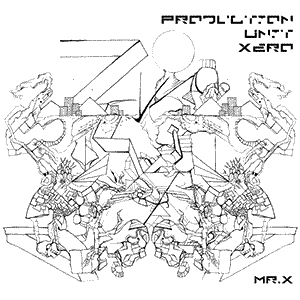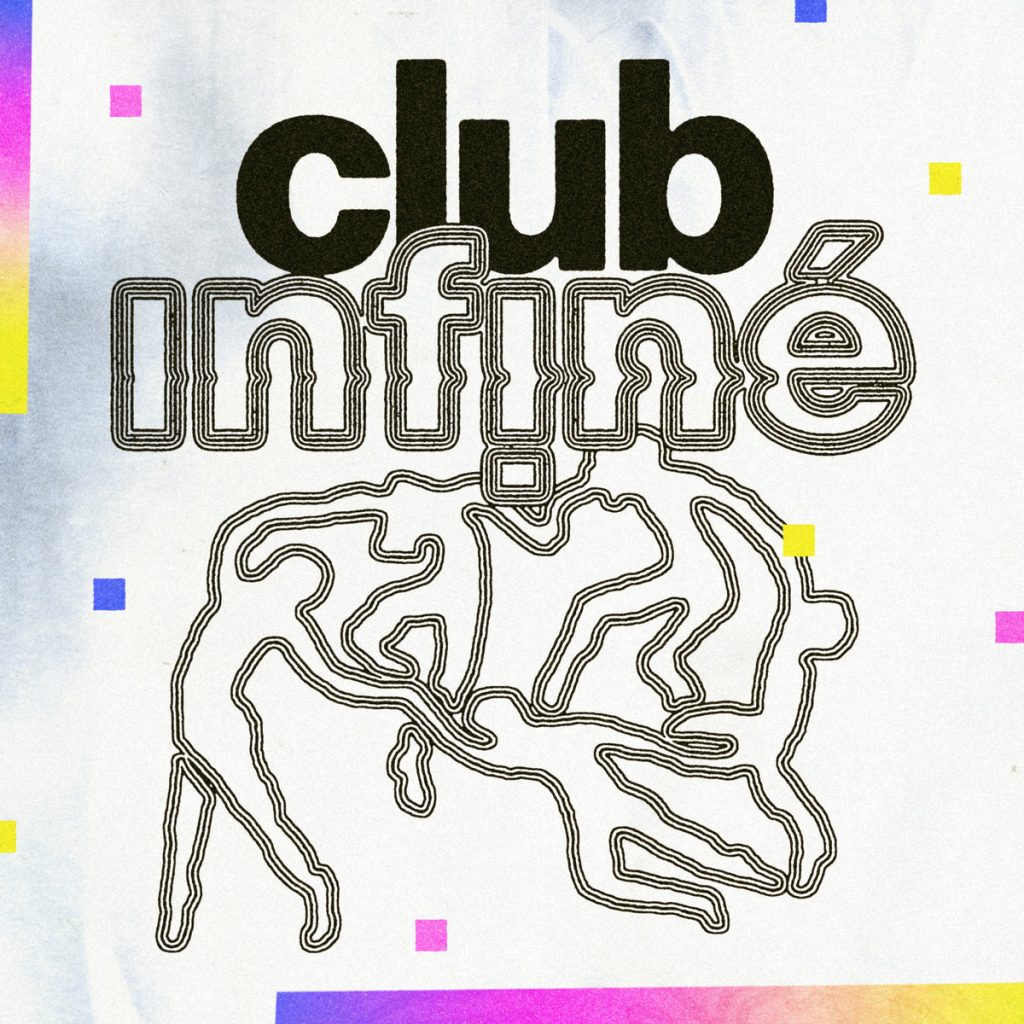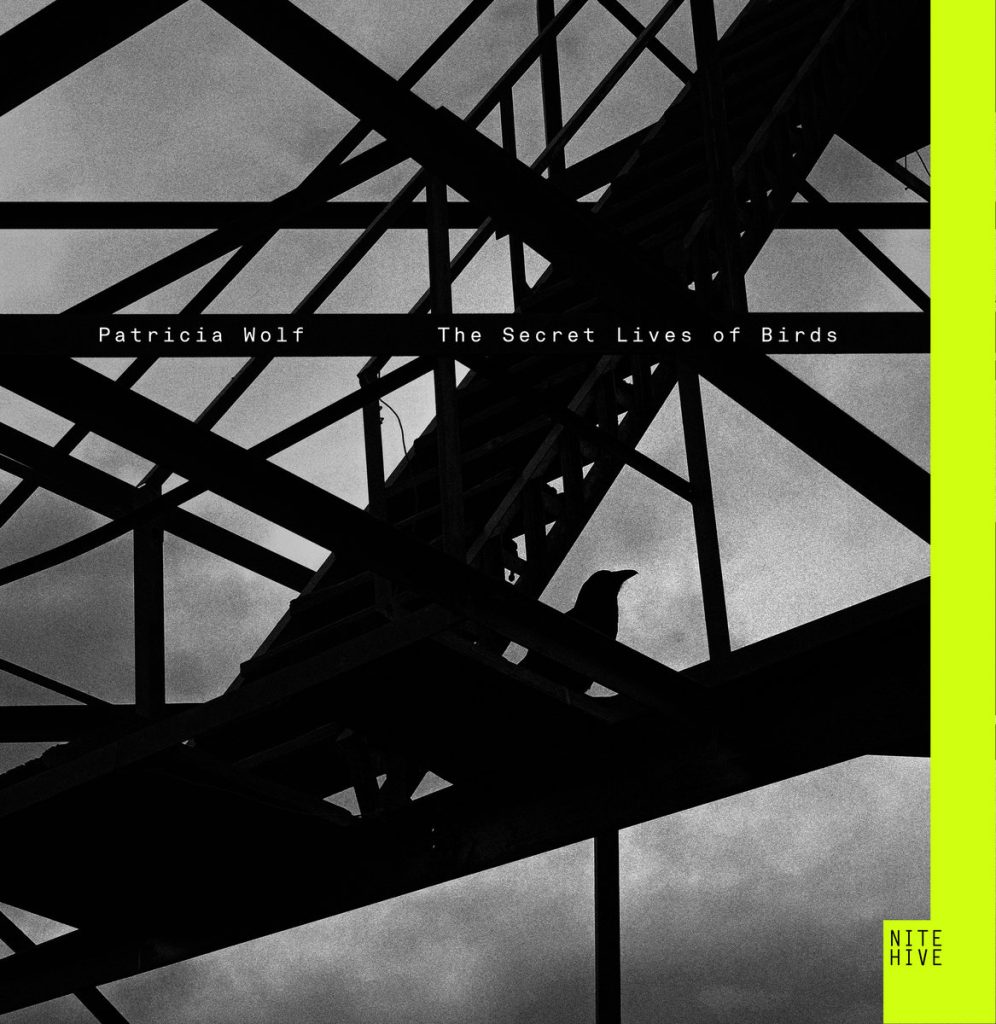What is Hard Groove?
Exploring the Rhythmic Intensity of Hard Groove: A Fusion of Funk, Jazz, and Rock
In the ever-evolving world of music, genres often blend and morph, giving rise to new and exciting sounds. One such genre that has carved its niche in the hearts of music enthusiasts is “Hard Groove.” This genre, a dynamic fusion of funk, jazz, and rock, epitomizes the energy and complexity of modern music.
Origins and Evolution
Hard Groove emerged as a genre that defied conventional boundaries. Its roots can be traced back to the late 20th century, deriving elements from the raw energy of rock, the improvisational nature of jazz, and the rhythmic complexity of funk. This amalgamation resulted in a sound characterized by intense grooves, complex rhythms, and a powerful drive.
Characteristics of Hard Groove
The most striking feature of Hard Groove is its rhythmic intensity. Unlike traditional rock, which relies heavily on straightforward beats, Hard Groove incorporates syncopated rhythms and complex time signatures, often borrowed from jazz and funk. This creates a sound that is both unpredictable and compelling.
Instrumentation in Hard Groove is typically a blend of electric and acoustic elements. Electric guitars with heavy distortion, prominent bass lines, and robust drumming form the backbone, while horns and keyboards often add a layer of sophistication, reminiscent of jazz ensembles.
Improvisation is another key element of Hard Groove. Musicians often engage in extended solos, showcasing their virtuosity and creativity. These improvisational sections are not just displays of technical skill but are integral to the expression and progression of the music.
Notable Artists and Influence
While Hard Groove may not be as mainstream as other genres, it has its share of dedicated artists and bands. These musicians are often celebrated for their technical prowess and innovative approach to composition and performance. Artists like Robert Glasper and bands such as Snarky Puppy have been instrumental in popularizing this genre, attracting listeners from diverse musical backgrounds.
The influence of Hard Groove extends beyond its immediate circle. It has impacted various other genres, particularly neo-soul and progressive rock, infusing them with its rhythmic complexity and energy. This crossover appeal has helped in cementing Hard Groove’s position in the contemporary music scene.
Conclusion
Hard Groove stands as a testament to the creative possibilities that emerge when musical boundaries are blurred. It’s a genre that appeals to those who seek both the emotional depth of jazz and the visceral impact of rock. As it continues to evolve, Hard Groove promises to remain at the forefront of innovative and exhilarating music, captivating audiences with its rhythmic dynamism and creative depth.




